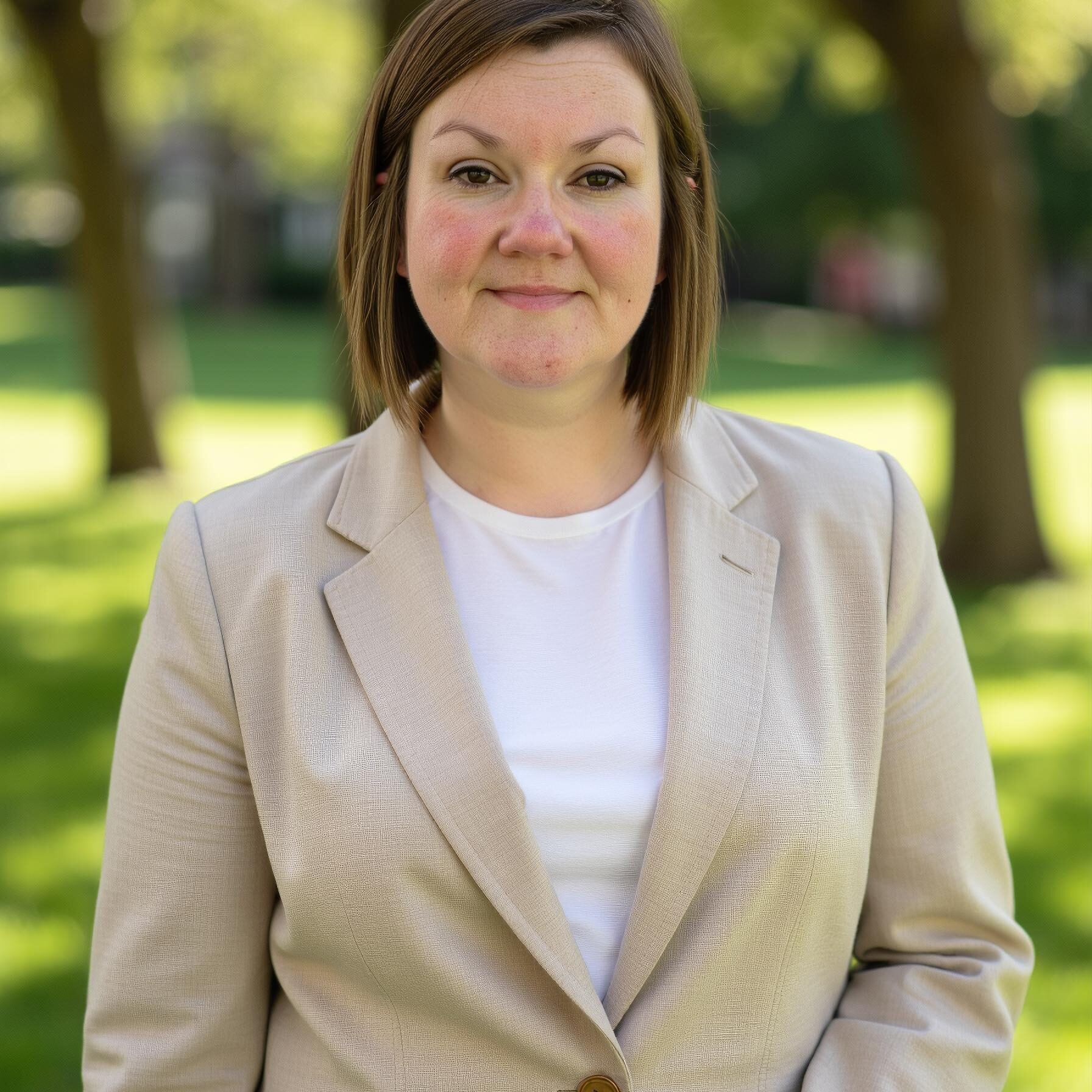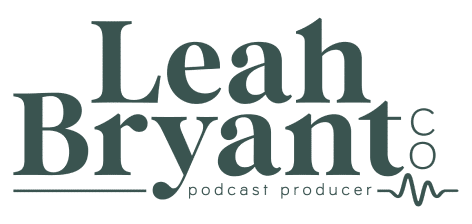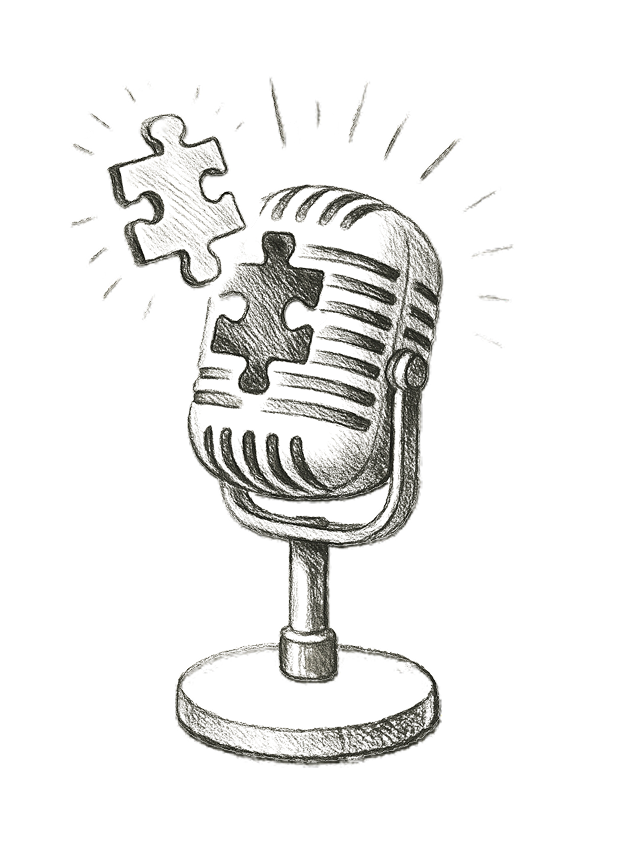
Podcast SEO Tips: Get Found & Grow Your Audience Fast
Here's what you can expect from this episode:
Is Podcast SEO Real? (Spoiler: Yes—and It’s a Game Changer)
Ever feel like your podcast is the internet’s best-kept secret? Like you’re pouring time into recording, editing, and promoting—only to be met with crickets? You’re not imagining it. If your show isn’t showing up, it’s not you. It’s your SEO. (Or, more likely, the lack of it.)
In this episode of Podcasting Problem Solver™, we’re talking all about Podcast SEO strategy, minus the jargon, overwhelm, and eye-glaze. I’m breaking down the four pillars of podcast SEO I use with my own clients to help them get found, grow their podcast audience, and actually convert listeners into leads without relying solely on social media or paid ads.
Remember: SEO is not just a “nice to have”—it’s the behind-the-scenes MVP of podcast discoverability and marketing strategy.
We’ll cover exactly how podcast SEO fits into the Attraction and Momentum phases of my SEAMless Podcast Launch Framework™—so you can stop yelling into the void and start building real traction.
Here’s what’s covered
- [00:04:05] Why podcast SEO is real—and why skipping it is hurting your growth
Understand why good content isn’t enough and how SEO is the missing link between your brilliance and your next best listener. - [00:06:45] How to write episode titles that stop the scroll
Discover why vague titles tank your visibility—and how a few smart tweaks can make your episode click-worthy in search. - [00:08:10] The underrated SEO power of episode descriptions
Discover how to craft compelling descriptions that boost your ranking, spark interest, and enhance your podcast’s searchability and engagement.[Check out this blog post on the difference between show notes & descriptions.] - [00:11:35] Why timestamps matter (yes, even for audio content)
From rich snippets to better user experience, timestamps can seriously improve your podcast SEO performance. - [00:13:55] Show notes that actually do something
No more filler. You’ll learn how to create notes that act as a landing page for your episode and drive deeper engagement. - [00:15:40] How transcripts boost your discoverability (and inclusivity)
It turns out that Google can’t listen(yet)—but it can read. Here’s why adding podcast transcripts is one of the smartest SEO moves you can make. - [00:17:50] Building backlinks without being spammy
Gain actionable insights for enhancing your site’s authority with podcast backlinks that boost trust and drive traffic. - [00:20:10] How Podcast SEO fits into the SEAMless Framework
We’ll zoom out to show how SEO weaves through Strategy, Execution, Attraction, and Momentum, building a podcast that works while you sleep. [Want a guide on how to optimize your podcast seo? Check out this blog post!]
Podcast SEO doesn’t have to be complicated or time-consuming. But it does need to be intentional. Tiny tweaks can create massive momentum—and yes, you can go back and optimize your podcast episodes retroactively.
“If no one can find your show, it doesn’t matter how good your content is.” — Leah
If you’re ready to grow your podcast audience with a strategy that feels aligned and sustainable, grab my free SEAMless Podcast Launch Roadmap or join my newsletter for weekly podcast growth tips.
Got a podcasting question you’d love me to cover on the show? Submit it here—your challenge might spark the next episode.
Let’s stop playing hide and seek with your audience, shall we?
Resources Mentioned:
- Blog – How to Optimize Your Podcast for SEO
- Blog – Show Notes vs. Episode Descriptions
- Blog – Rebranding Her Podcast Increased Downloads by 61% in 30 Days!
- Podcast Resources for Podcasters
- Join my newsletter
- Recording Platform – Riverside.fm
- Transcripts – Otter.ai




